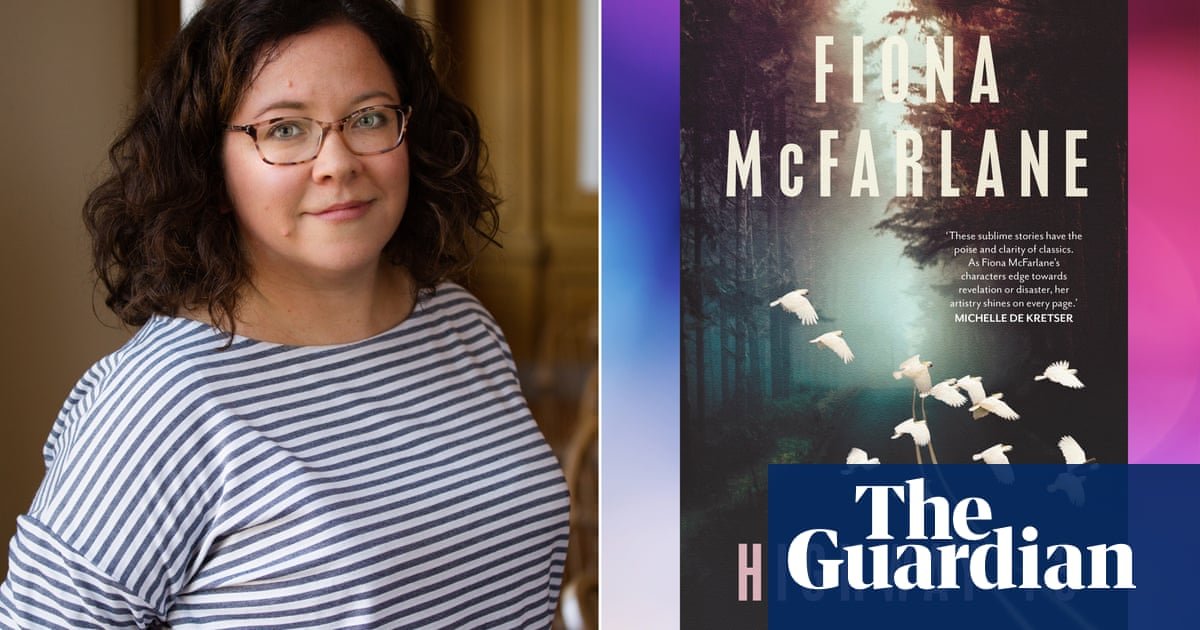The epigraph for Highway 13, Fiona McFarlane’s second collection of short stories – and fourth book of fiction – is taken from Shakespeare’s Richard II: “Each substance of a grief hath twenty shadows.” It is a telling choice for a collection of stories that are all linked by their connection to a serial murderer and, more importantly, by the different kinds of grief that reverberate across the lives and places that he touched.
McFarlane’s murderer, Joe Biga, is modelled on the infamous “backpacker murderer” Ivan Milat, in as much as his victims are abducted while hitchhiking, and their bodies buried in a state forest through which a highway passes. But Biga is never present in the stories, nor are his crimes in any direct or detailed way – because McFarlane is not interested in the man himself, but in the ways in which his actions ripple out, the impact that they have, indirectly, on people at some level of remove. So too is she interested in the stories that we tell about crime and violence and all that they unsettle and speak to.
Included in the characters that populate these stories are a young woman who is unsettled by the potential for violence and deception in her partner, her suspicions raised by news reports that a man abducting backpackers drives a similar white van to his. There is a nun chaperoning a school trip to Rome, among whose charges is a girl who will later become the sole survivor of Biga’s attacks. And a woman whose friends once encountered one of his victims outside a youth hostel, and have been telling and re-telling this story ever since.
These are not, that is, people directly connected to Biga and his crimes, but theirs are stories that are reshaped or rewritten in their light. In the few stories where the associations are closer, there is almost always an element of uncertainty or speculation – in the story Abroad, for example, an Englishman is forced to reckon with the memory of his older sister who disappeared while backpacking in Australia 20 years prior, and has never been found. Or else there’s a resistance to the story of the criminal and his crimes, such as in the story Demolition, where a journalist interviews Biga’s one-time next-door neighbour, who turns instead to remembering the previous owners of the house – “the Lainey house,” she says each time the journalist refers to it as “the Biga house” – whose daughter was her girlhood best friend and first, intense, love.
McFarlane is a skilled creator of atmosphere and intensity, captured both in the vivid sense of place that all of these stories share, and in the remarkable imagistic fragments of memory that her characters relate. Eva, the neighbour in Demolition, thinks of lying on the floor in front of stained glass windows with her friend, so that the coloured squares of light would land “exactly where their breasts would one day be”; a policewoman’s partner remembers watching her sit silently in her parked car for more than an hour on the night of Biga’s arrest. This is especially the case in the stories that are underlaid by the confusion and darkness of burgeoning sexuality and adolescent flirting with danger and desire: these are very much stories about risk and vulnerability, and how often these come into play whenever people love.
There are stories, too, within the collection that are playful, especially in terms of form. The delightful Democracy Sausage is a virtuosic single-sentence interior monologue of a politician manning a sausage sizzle booth at an election four days after his surname – also Biga – has “become an appalling liability” to his campaign. And the story Podcast is written as a transcript of an episode of a true-crime podcast hosted by two deliciously camp “edgy bitches”. What’s remarkable about these stories is their expansiveness; despite the constraints McFarlane is working with, she is able to gesture to so much external and background material that their settings, characters and narratives all feel grounded and complete.
Highway 13 is an accomplished collection, stylish and lyrical in its prose and deeply sensitive in its characterisation. The stories are richly layered, often turning back on themselves or in unexpected directions, and McFarlane’s precision and craft are one of the great pleasures of the book. Despite the horror of the crimes that link them, and the sense of dread that this inevitably evokes in many of them, these are not, by and large, dark stories – they are as much about resilience, desire, yearning and love as they are about grief and danger. Above all else, their fascination is in the story-telling that we all do – especially, but not only, in the face of violence – and how much of the past we carry within us, and continually reshape.
after newsletter promotion
